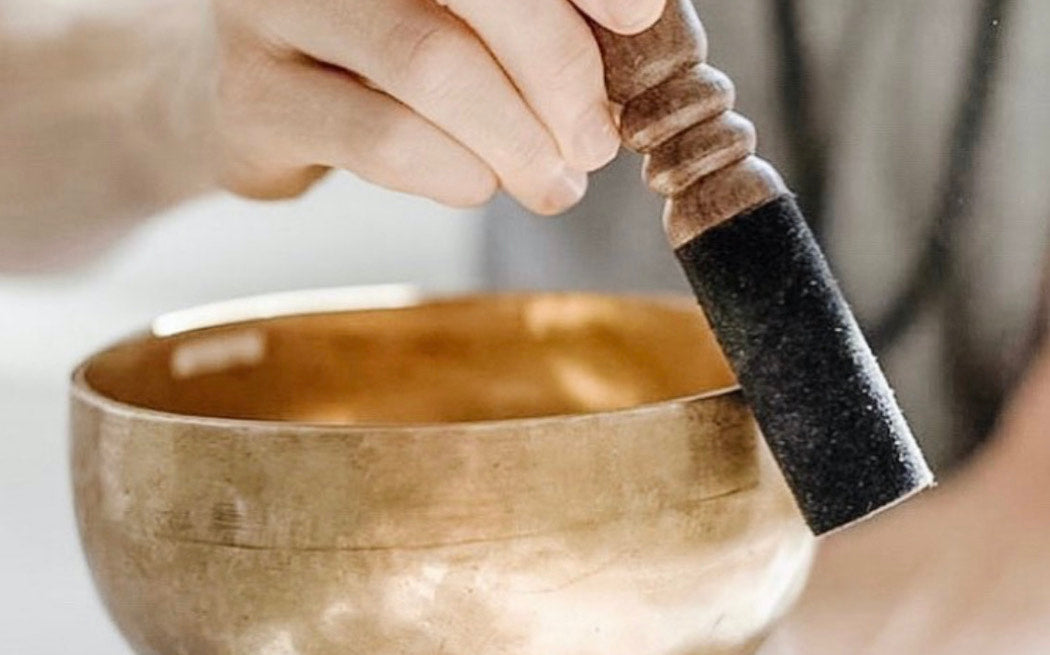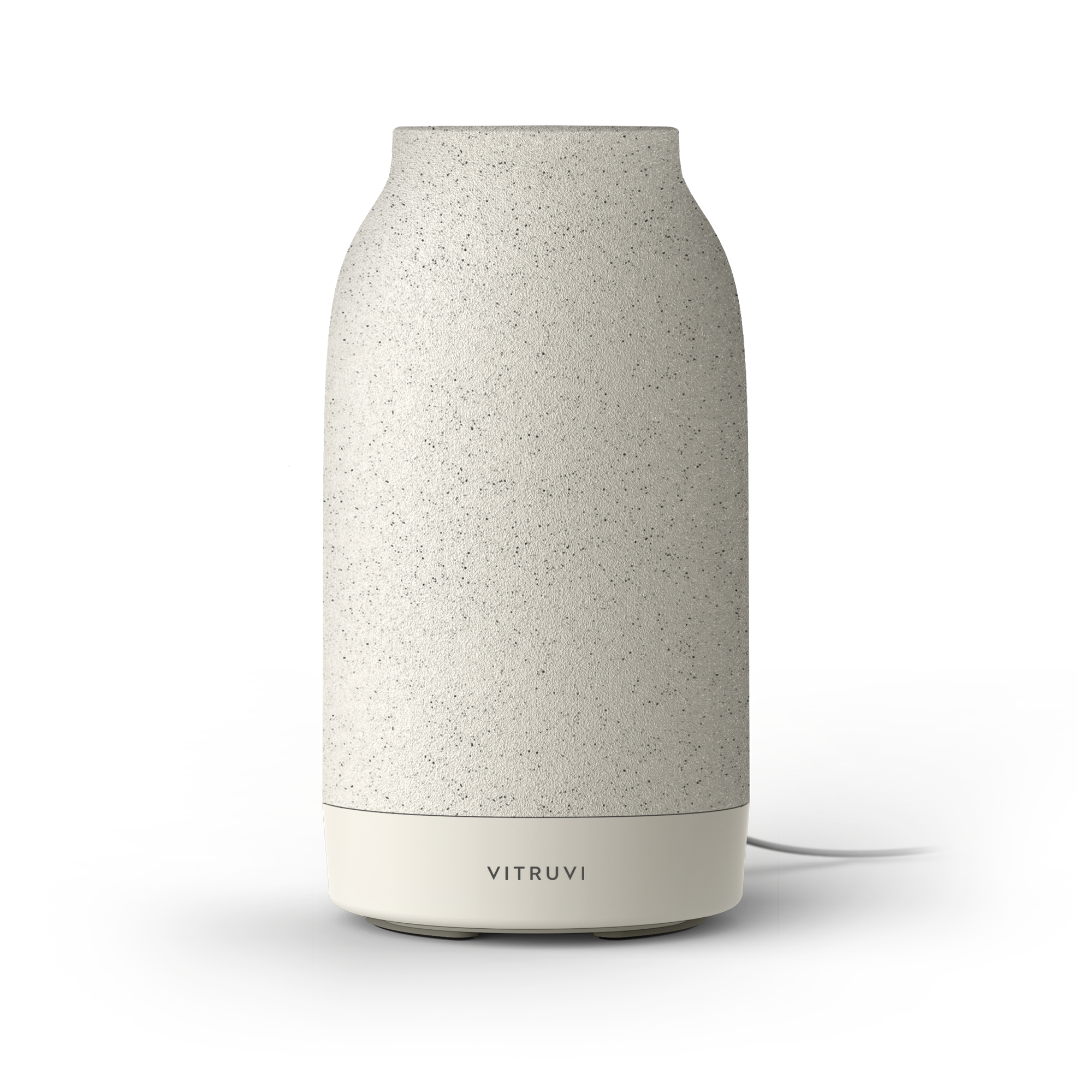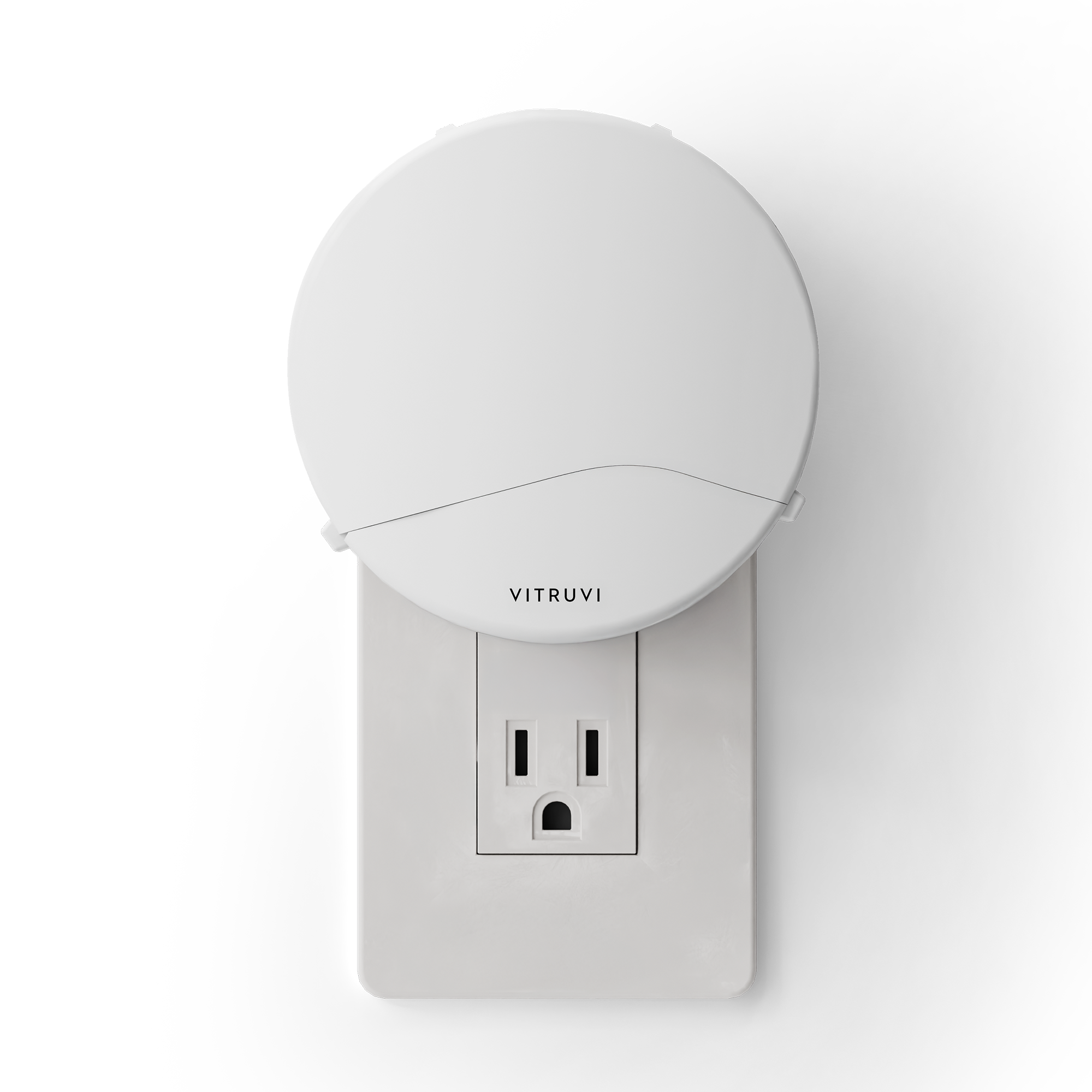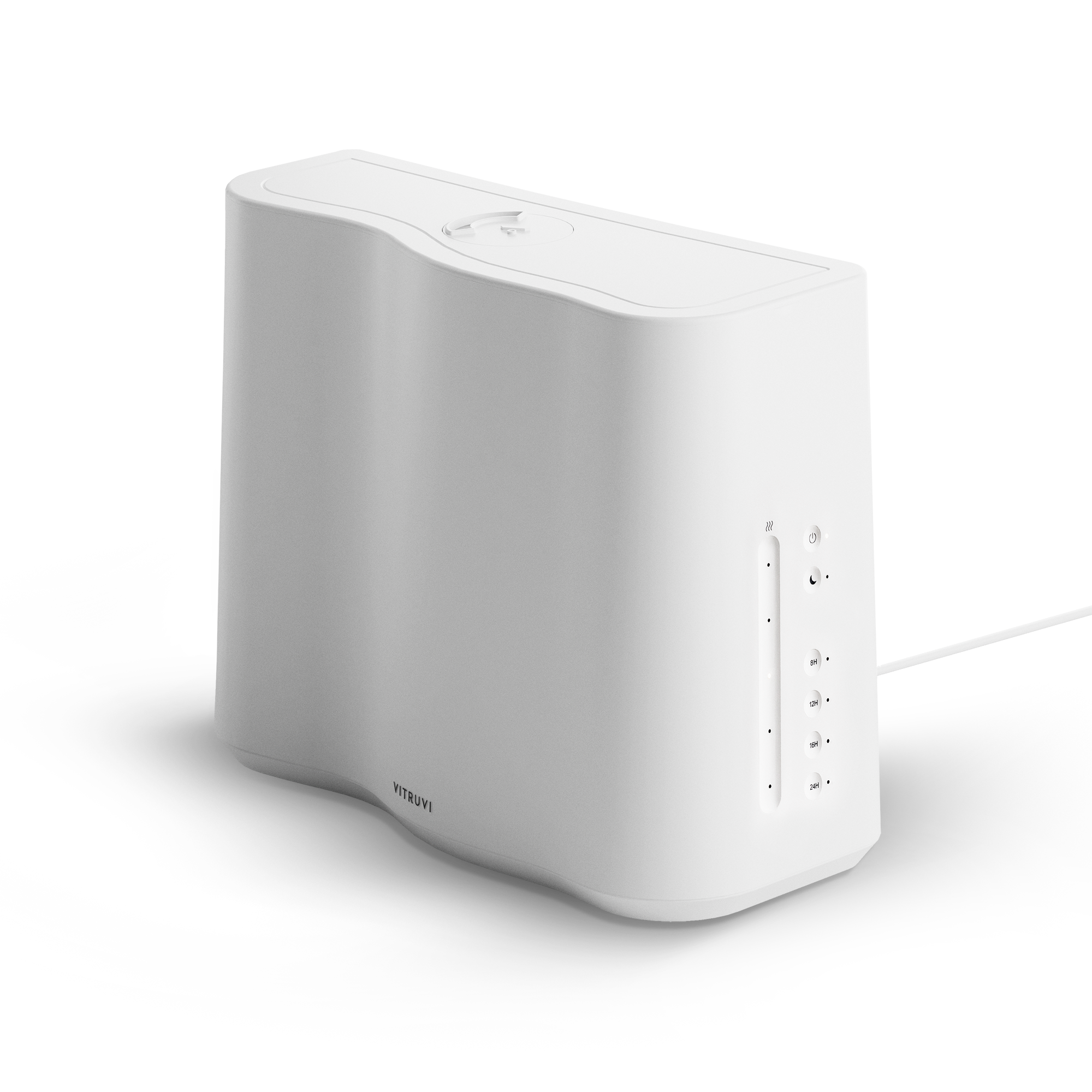As a society, we’re often chasing after the latest and greatest to help us slow down and de-stress—and the ancient practice of sound baths certainly fits the bill. From meditation centres to yoga studios, this ritual has seen a resurgence in popularity over the last few years and is gaining traction in the modern wellness world.
What is a sound bath?
Despite what its name suggests, a sound bath doesn’t involve any water. Rather, it’s a meditative experience during which you are “bathed” in sounds. “A sound bath can feel like a wave has washed over you,” explains Nicky Chen of SYCXX Sense Healing. Also referred to as sound therapy or sound healing, the experience promotes therapeutic and restorative effects.
The history of sound baths
Despite its recent popularity, the concept of healing with sound is not new; sound and music have long been used in many cultures to cure ailments. Over 40,000 years ago, Aboriginal tribes in Australia used the didgeridoo, a wooden wind instrument, as a healing tool. Native Americans incorporated singing, chanting, and drumming in their healing processes. Ancient Egyptians chanted vowels to facilitate mending, while Ancient Greeks also used sound vibration and frequencies to treat maladies. Tibetan monks used singing bowls in spiritual ceremonies for remedial purposes, as the vibrations have been linked to various health gains.
Sound bath benefits
The positives linked to sound baths are largely from anecdotal accounts, with many reports of general loosening, as well as relief from pain and stress. Research is limited, but studies have revealed a link to physical upsides such as lowered blood pressure, decreased pulse rate, and improved digestion.
In addition to physical healing, sound baths can also improve mental well being. What each person gets out of the experience is different, but the most prolific benefit these days is relaxation, because the sound waves help calm the nervous system. Another study reported that sound meditations with singing bowls helped with tension, anger, fatigue, and depressed mood.
Much like with traditional therapy, if you have an injury (whether physical or emotional), personal sound bath sessions are encouraged. “If you’re looking to work through a specific issue,” says Carrie Bailey, cofounder of ZenDen, “we have really great classes catered to helping you overcome childhood trauma and release negative patterns from past relationships, as well as find a better connection to your authentic self.”
Sound bath instruments
Sound waves can be produced by traditional Asian instruments such as gongs, Tibetan singing bowls, drums, chimes, quartz bowls, tuning forks, and even the human voice. The vibrations of the instruments carry different frequencies that our bodies have a natural resonance to; akin to acupuncture, another ancient healing practice, each instrument correlates with a specific function and focus.
“Crystal bowls work with our body on a cellular level through the phenomenon of resonance. Our bodies are vibrating at certain frequencies, and crystal bowls will affect the oscillation or vibration of our cells, aligning our frequencies at each of our energy centres, or chakras,” says Andrew Francis, who cofounded ZenDen with Bailey. “Gongs, on the other hand, have many overtones and undertones, with a much deeper vibration that can bring up old memories that need to be released, or old injuries that need to be healed.”
Frequencies from Tibetan singing bowls or drums often invoke a visceral reaction. “When we hear the sounds, whether that be in person or through a recording, it can trigger our bodies to drop into deep states of relaxation,” explains Chen. Specifically, it sparks the alpha and theta brain waves, which are associated with states of deep meditation and peacefulness.
What to expect during a sound bath
There’s no formula for a sound bath experience. No two sound baths are the same, though sessions usually start with a light breathing exercise. You’ll then lay down while the practitioner uses a variety of instruments to create a cacophony of sounds that wash over you. Sessions tend to last anywhere between 15 minutes and an hour.
Bailey says that “each class is geared towards healing and providing mindfulness,” but what each person gets out of it will be different. This author’s first sound bath at ZenDen was very relaxing—to the point of being able to fall asleep. Another attendee noted that she felt some relief from her arthritis pain. “Each experience is unique to the individual,” explains Francis, “and will provide whatever healing is needed at that time.”
During that same session, another participant experienced increased anxiety, eventually crying in a cathartic release, which can be a common reaction. “Sound baths are especially beneficial for those going through anything stressful in their life,” notes Bailey. “And those who are constantly flooded with anxiety find sound baths to help immensely.”
Sound bath practitioners everywhere have had to adapt to the changing times, with many now offering virtual classes or online recordings so people can experience sound healing from the safety and comfort of their homes. Arguably, the best part of a sound bath is that it’s a form of meditation during which you don’t have to do anything but lie down and let go. With all the stress and anxiety in the world these days, that sounds pretty perfect.












